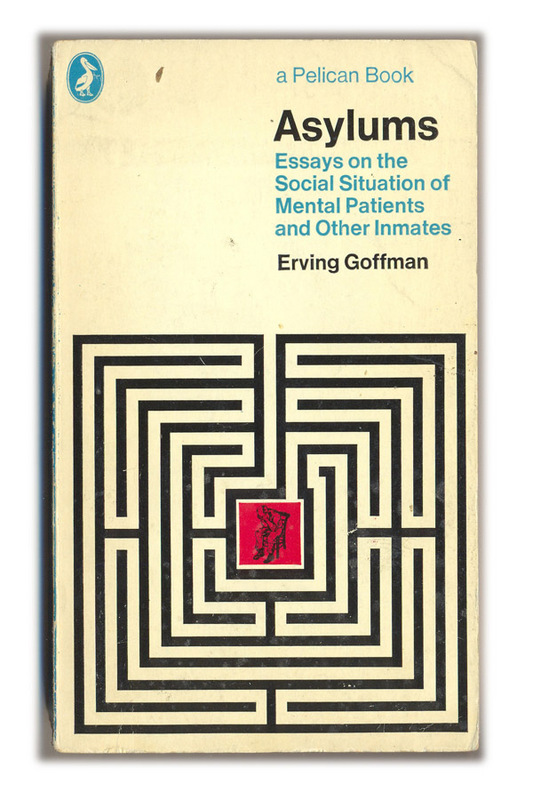Reforming
Against 'Total Institutions'
The fears about the inefficacy and misuse of prison and prison-like institutions eventually developed into doubts about the usefulness of these forms of organization overall. In 1961, Erving Goffman's "Asylums: Essays on the Social Situation of Mental Patients and Other Inmates" was published, which fundamentally questioned the separation of a group of people in "total institutions".
Starting in the 1950s, new forms of reforming inmates in correctional institutions were developed and tested which stressed that motivation and freedom to make certain decisions, as opposed to harsh discipline, were important for reform.
The “Project M.O.D.E.L.” is one example. "M.O.D.E.L." stands for "Motivationally Oriented Designs for an Ecology of Learning" and was a pilot project of the Institute of Behavioral Research in Silver Spring, Maryland, tested at the National Training School for Boys and funded by the Office for Juvenile Delinquency of the Department of Health, Education, and Welfare. Harold L. Cohen, Education Director at the Institute, presented a paper on M.O.D.E.L. after the project. His findings suggested that the the project was a success.
Although the rhetoric surrounding the prison system was that of therapy and reform, this could not hide the repressive character of prisons and the racism inherent in the American justice system. Racism in the justice system was increasingly attacked by Civil Rights activists, who could draw on hegemonic Cold War discourses of democracy and citizenship rights and focus them on the racist practices in U.S. prisons.

